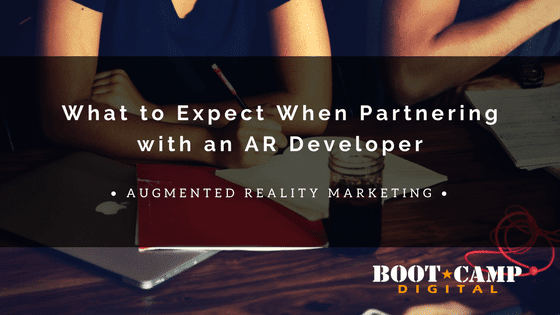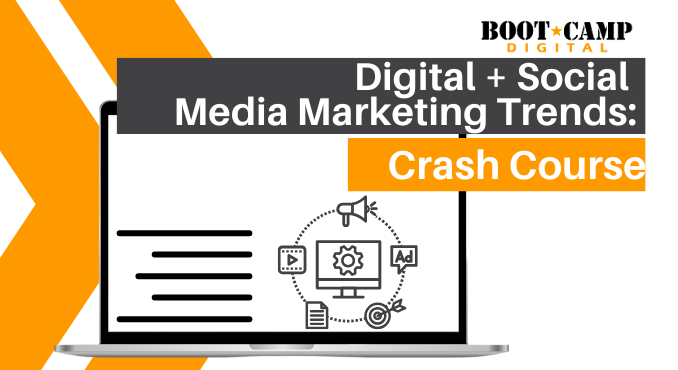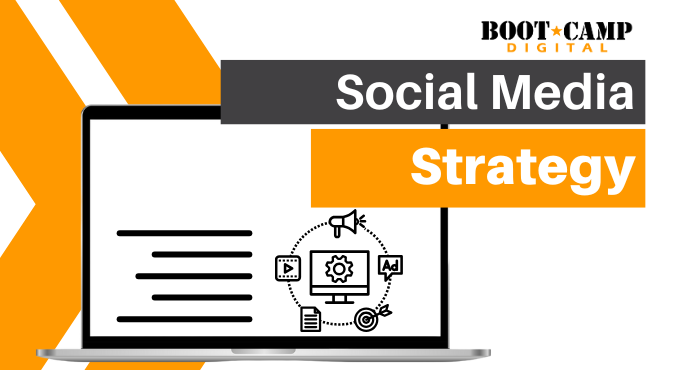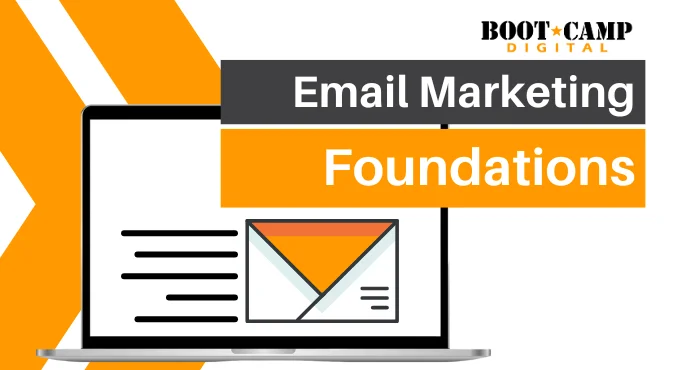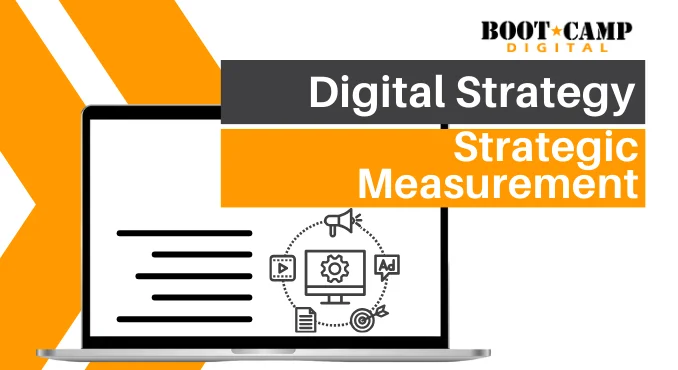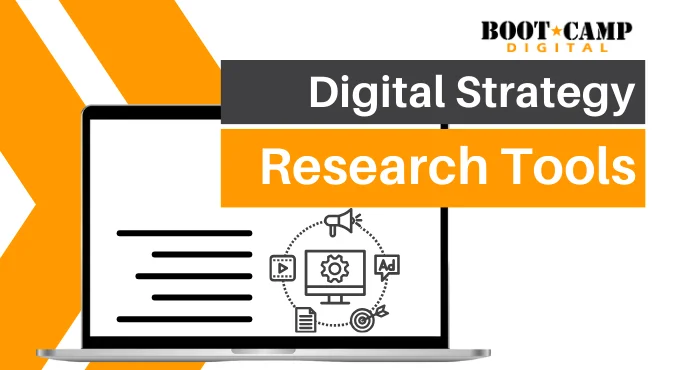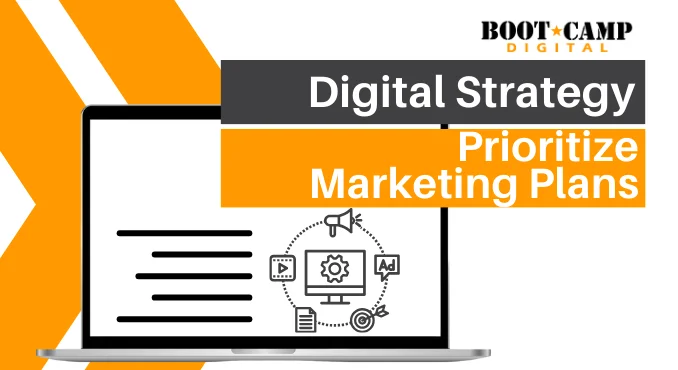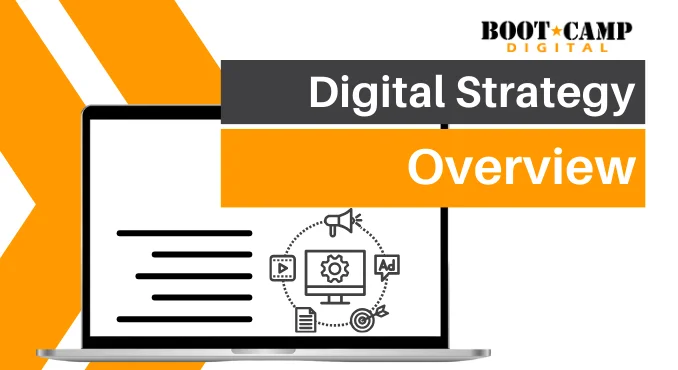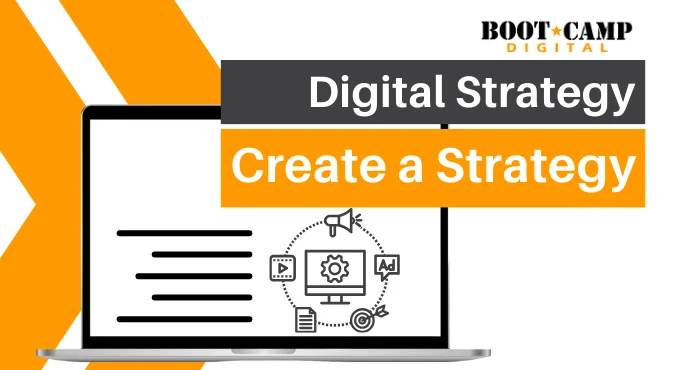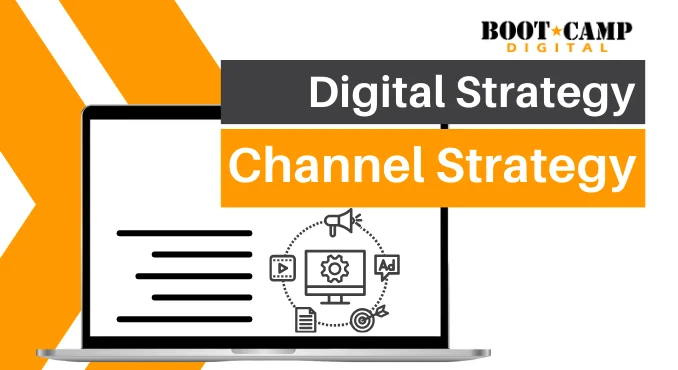You decided to integrate augmented reality (AR) into your marketing toolkit, or you’re intrigued by the idea and want to dig a little deeper. This is fantastic news and I’d be happy to hear about it! Please leave a comment below. Unless you have an AR developer on your team, your next step is to coordinate with trusted experts in the field. As a marketer, here’s what to expect when partnering with an AR Developer.
Building Process
Team up with a developer early in the design process so that you know what is possible. An AR developer will help you understand the technology, limitations, and help you decide on a platform for your campaign. Are you creating a mobile app, interested in hosting your experience on Facebook or SnapChat, or want to create AR ads directly online (no app required)? – an AR developer will help you through this process.
At glimmar, a mobile adtech platform for augmented reality advertising, the team consists of developers, 3D artists and 3D animators. In an interview with glimmar co-founder and CEO, Aharon Cagle, Cagle iterates the importance of brainstorming initial ideas with marketers and working together in order to integrate AR into a digital strategy in a way that is compelling and is a great user experience.
If you decide that your end-product is a mobile app, more often than not, once the app is built developers back off the project unless updates are needed. If your end product is a web-based AR experience, your relationship will continue with a company like glimmar which hosts server space and provides a dashboard in order to download analytics of the experience.
After the Build – Server Hosting and Analytics
When hosting an AR experience through a web browser, you need a server that is able to handle a lot more data. “Essentially what you need is a back end that knows how to recognize an object and how to manipulate it,” Cagle says. glimmar has developed robust server technology that allows for high-level AR experiences to be viewed through a web browser.
Knowing how your AR campaign is performing is crucial to measuring the success of your efforts. At glimmar, analytics are collected and provided to the client on a dashboard that can be tied into an existing platform. Here are some analytics that can be gathered from your augmented reality experience:
- Which buttons are being pushed (heat-mapping)
- The amount of screenshots being taken
- How many people have left the experience and then come back to it
- How many people have ended the experience
- Social sharing
- Session length
- Facial Expression Engine – is the user smiling, surprised, frowning (requires user permission)
Costs to Develop and Host an AR Experience
There are lots of variables when determining costs for AR development. For example, costs to develop a stand-alone app vs. hosting an augmented experience on Facebook vs. hosting an augmented experience through a web browser all carry with it unique cost factors. Then you must determine how the experience will be managed. The average cost of a small execution may run between $20-50K. Larger campaigns that integrate lots of assets may run up to $100-150K.
If your AR experience is being hosted on a third-party platform, you will need to pay to use that platform. Snapchat, for example, currently uses a CPM model which is between $6-10 per every 1,000 impressions. CPM stands for “Costs Per Mil”, or costs per every 1,000 impressions. In AR, CPM actually translates to costs per engagement. glimmar uses a similar model, currently charging between $3-6 CPM. When you pay CPM, what you are paying for is for usage of the server that is providing the AR experience.
What questions do you have about Augmented Reality Marketing?
Check back here often for updates in augmented reality marketing.


